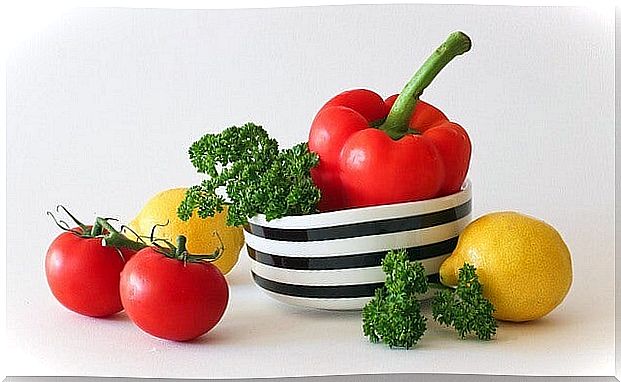Kids Vs Vegetables: How To Win The Battle?

Now that we are adults, mature and mothers, we still have the same problem at home, only with our children.
Even if you don’t believe it, there are simple strategies to get your child to eat these important foods more easily.
Vegetables are nothing more than vegetables that provide a large amount of nutrients ranging from vitamins A and C to minerals and fiber. In addition, they provide antioxidants and important components for every food project.
We ask ourselves: what do they not like? The smell? The texture? Is the problem just the taste? We may never find an answer, but we can find a way for the little ones to eat vegetables.
It is scientifically proven that vegetables are a marvel, a gift from nature. However, our children definitely don’t see it that way.
When eating turns into a war

The table is set, you’ve taken the time to prepare a delicious meal. Combined a protein, some carbohydrates and a delicious salad. Oh no! Alarms going off, trouble in sight.
Your child hates vegetables and you just want him to eat some. War begins and in the end one of the two will win this battle.
Tantrums and reprimands come and go. Serving your child with vegetables turns into a hostile moment. For your child, lunchtime becomes the worst part of the day.
The truth is, it doesn’t have to be that way for either party. Eating not only should be an act of mere survival: a meal should also be a pleasurable and grateful experience.
When the “children x vegetables” scenario is presented, the only way to win this battle, being on the side of your child’s well-being and growth, is with patience and creativity, which are super important elements in this process.
Tricks for children to eat vegetables

Here’s a set of tricks for getting your kids to eat these important foods:
- Start by setting an example. Eating vegetables is not just something for children, it is a habit that must be followed by all members of the family.
- Presentation is important. If you are going to serve some vegetables without side dishes or sauces, you should distribute them on a plate in an attractive, eye- catching way. “Draw” some pictures on the plate. Take advantage of the colors of the vegetables for this.
- Do not offer everything at once. During the process of getting used to the vegetables, children may not eat the entire portion at once. Don’t make him or her eat, give it time.
- Cook with the kids. Allow them to cook with you and include the vegetables in the other ingredients you will use in preparing the menu. A healthier pizza can be an excellent option.
- Do not use dessert as a prize. If at lunchtime you tell your child that he will only eat dessert if he eats all the vegetables, you will be making a serious mistake. Your child will see vegetables as an obligation or a punishment.
- Explain the good that vegetables do to the body. You can list all the qualities of vegetables for your child. start with the advantages he would have from eating them for his physical and intellectual development. If you tell him to eat them just “just because,” a big rejection will be created.
Creativity is essential
Surely your mother must have told you that her attitude toward vegetables was equal to or worse than that of her children. Today that has changed and you only eat vegetables with a little salt and oil.
With children it is difficult for this to happen, creativity will be your best ally to transform any food into a delicious dish.
Combining foods is a technique we must use at some point. The idea is not to “disguise” or trick children into eating. However, we can make vegetables more pleasing to your little one’s inexperienced palate.
Spinach or Swiss chard with some kind of cheese can be the perfect filling for a pie or pastry. Turn your kitchen into your own laboratory. Invent textures and flavors and your child will thank you one day.









